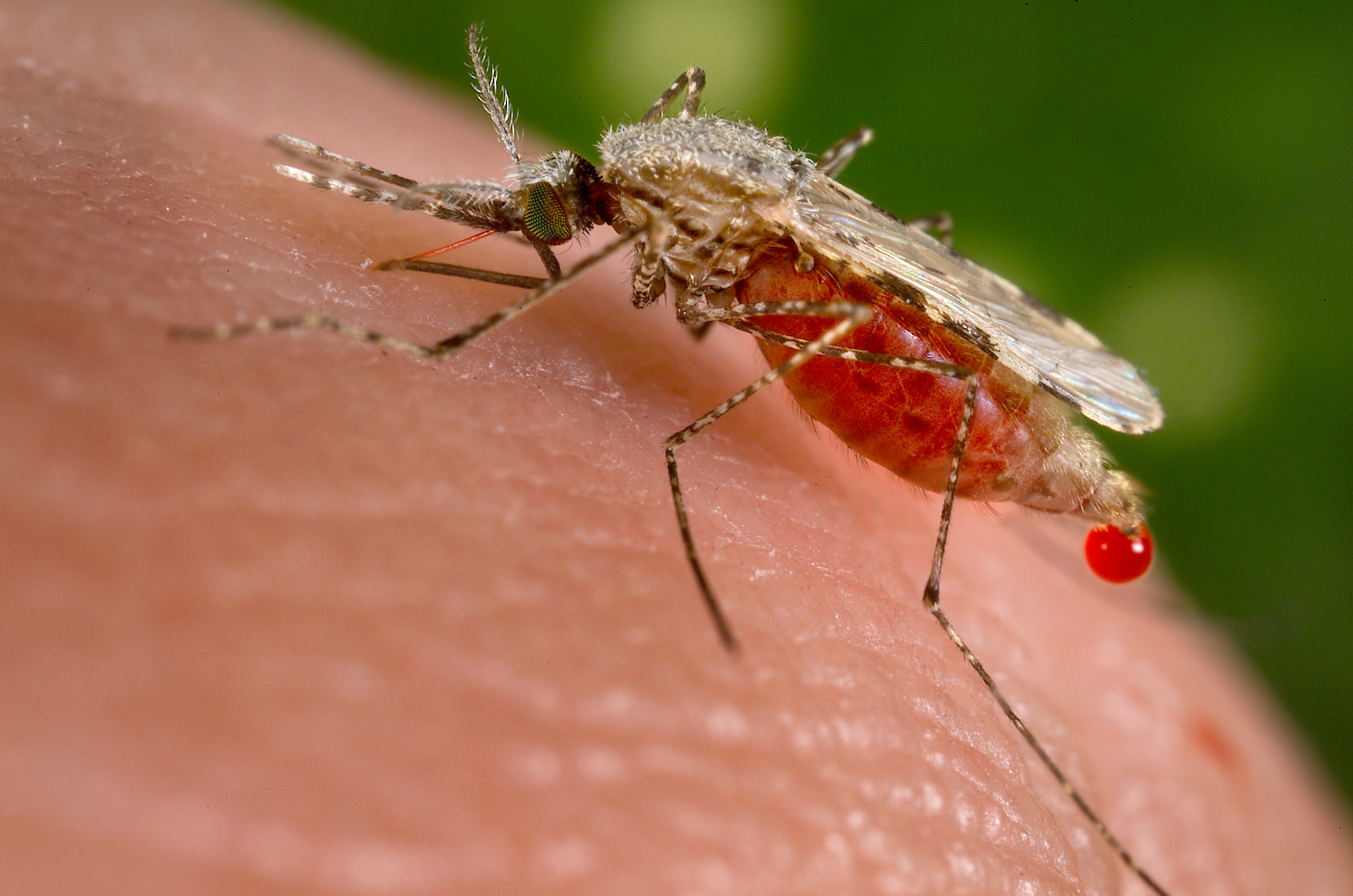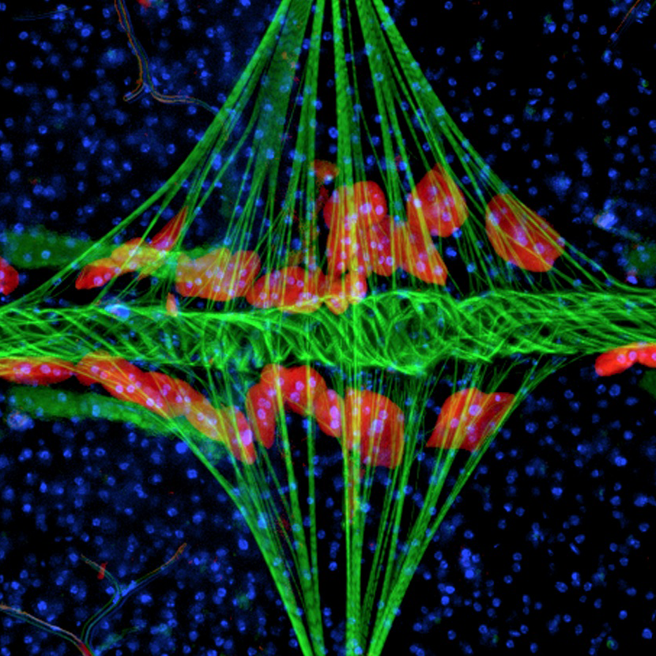|
VectorBase
VectorBase is one of the five Bioinformatics Resource Centers (BRC) funded by the National Institute of Allergy and Infectious Diseases (NIAID), a component of the National Institutes of Health (NIH), which is an agency of the United States Department of Health and Human Services. VectorBase is focused on invertebrate vectors of human pathogens working with the sequencing centers and the research community to curate vector genomes (mainly Genome project, genome annotation). Genomes covered in the VectorBase database * ''Aedes aegypti'' * ''Anopheles gambiae'' * ''Culex quinquefasciatus'' * ''Ixodes scapularis'' * ''Pediculus humanus'' * ''Rhodnius prolixus'' Tools available through the VectorBase site * Genome browser * Community annotation system * Microarray and gene expression repository * Controlled vocabularies for anatomy, insecticide resistance and vector-borne diseases (malaria and dengue fever) * BLAST searches for all covered genomes See also * Vector (epidemiology), Vec ... [...More Info...] [...Related Items...] OR: [Wikipedia] [Google] [Baidu] |
Bioinformatics Resource Centers
The Bioinformatics Resource Centers (BRCs) are a group of five Internet-based research centers established in 2004 and funded by NIAID (the National Institute of Allergy and Infectious Diseases.)Overview, Bioinformatics Resource Centers , National Institute of Allergy and Infectious Diseases (NIAID), January 10, 2008. The BRCs were formed in response to the threats posed by emerging and re-emerging pathogens, particularly Centers for Disease Control and Prevention (CDC) Category A, B, and C pathogens, [...More Info...] [...Related Items...] OR: [Wikipedia] [Google] [Baidu] |
Ixodes Scapularis
''Ixodes scapularis'' is commonly known as the deer tick or black-legged tick (although some people reserve the latter term for '' Ixodes pacificus'', which is found on the west coast of the US), and in some parts of the US as the bear tick. It was also named ''Ixodes dammini'' until it was shown to be the same species in 1993. It is a hard-bodied tick found in the eastern and northern Midwest of the United States as well as in southeastern Canada. It is a vector for several diseases of animals, including humans ( Lyme disease, babesiosis, anaplasmosis, Powassan virus disease, etc.) and is known as the deer tick owing to its habit of parasitizing the white-tailed deer. It is also known to parasitize mice, lizards, migratory birds, etc. especially while the tick is in the larval or nymphal stage. Description The image shown here—and in fact, most images of ''Ixodes scapularis'' that are commonly available—show an adult female that is unengorged, that is, an adult female th ... [...More Info...] [...Related Items...] OR: [Wikipedia] [Google] [Baidu] |
Vector (epidemiology)
In epidemiology, a disease vector is any living agent that carries and transmits an infectious pathogen to another living organism; agents regarded as vectors are organisms, such as parasites or microbes. The first major discovery of a disease vector came from Ronald Ross in 1897, who discovered the malaria pathogen when he dissected a mosquito. Arthropods Arthropods form a major group of pathogen vectors with mosquitoes, flies, sand flies, lice, fleas, ticks, and mites transmitting a huge number of pathogens. Many such vectors are haematophagous, which feed on blood at some or all stages of their lives. When the insects feed on blood, the pathogen enters the blood stream of the host. This can happen in different ways. The '' Anopheles'' mosquito, a vector for malaria, filariasis, and various arthropod-borne-viruses (arboviruses), inserts its delicate mouthpart under the skin and feeds on its host's blood. The parasites the mosquito carries are usually located in its saliv ... [...More Info...] [...Related Items...] OR: [Wikipedia] [Google] [Baidu] |
Aedes Aegypti
''Aedes aegypti'', the yellow fever mosquito, is a mosquito that can spread dengue fever, chikungunya, Zika fever, Mayaro and yellow fever viruses, and other disease agents. The mosquito can be recognized by black and white markings on its legs and a marking in the form of a lyre on the upper surface of its thorax. This mosquito originated in Africa, but is now found in tropical, subtropical and temperate regions throughout the world. Biology ''Aedes aegypti'' is a long, dark mosquito which can be recognized by white markings on its legs and a marking in the form of a lyre on the upper surface of its thorax. Females are larger than males. Microscopically females possess small palps tipped with silver or white scales, and their antennae have sparse short hairs, whereas those of males are feathery. ''Aedes aegypti'' can be mixed up with Aedes albopictus without a magnifying glass: The latter have a white stripe on the top of the mid thorax. Males live off fruit and only the ... [...More Info...] [...Related Items...] OR: [Wikipedia] [Google] [Baidu] |
Anopheles Gambiae
The ''Anopheles gambiae'' complex consists of at least seven morphologically indistinguishable species of mosquitoes in the genus ''Anopheles''. The complex was recognised in the 1960s and includes the most important vectors of malaria in sub-Saharan Africa, particularly of the most dangerous malaria parasite, ''Plasmodium falciparum''. It is one of the most efficient malaria vectors known. The ''An. gambiae'' mosquito additionally transmits ''Wuchereria bancrofti'' which causes lymphatic filariasis, a symptom of which is elephantiasis. Discovery and elements The ''Anopheles gambiae'' complex or ''Anopheles gambiae'' sensu lato was recognized as a species complex only in the 1960s. The ''A. gambiae'' complex consists of: * ''Anopheles arabiensis'' * '' Anopheles bwambae'' * '' Anopheles melas'' * '' Anopheles merus'' * '' Anopheles quadriannulatus'' * ''Anopheles gambiae'' sensu stricto (s.s.) * ' * '' Anopheles amharicus'' The individual species of the complex are morp ... [...More Info...] [...Related Items...] OR: [Wikipedia] [Google] [Baidu] |
Rhodnius Prolixus
''Rhodnius prolixus'' is the principal triatomine vector of the Chagas parasite due to both its sylvatic and domestic populations in northern South America as well as to its exclusively domestic populations in Central America. It has a wide range of ecotopes, mainly savanna and foothills with an altitude of between above sea level and temperatures of . Sylvatic ''R. prolixus'', as virtually all ''Rhodnius'' spp., is primarily associated with palm tree habitats and has a wide range of hosts including birds, rodents, marsupials, sloths, and reptiles. The insect was used by Sir Vincent Wigglesworth for the detection of insect hormones. It has been implicated in the transmission of transposons between it and some of its vertebrate hosts, squirrel monkeys and opossums. ''Rhodnius prolixus'' is also known as the kissing bug because it tends to feed on the area around victims' mouths. History ''Rhodnius prolixus'' established itself throughout Central America after specimens that o ... [...More Info...] [...Related Items...] OR: [Wikipedia] [Google] [Baidu] |
Online Databases
An online database is a database accessible from a local network or the Internet, as opposed to one that is stored locally on an individual computer or its attached storage (such as a CD). Online databases are hosted on websites, made available as software as a service products accessible via a web browser. They may be free or require payment, such as by a monthly subscription. Some have enhanced features such as collaborative editing and email notification. Cloud database A cloud database is a database that is run on and accessed via the Internet, rather than locally. So, rather than keep a customer information database at one location, a business may choose to have it hosted on the Internet so that all its departments or divisions can access and update it. Most database services offer web-based consoles, which the end user can use to provision and configure database instances. See also * List of online databases ** Bibliographic databases * Customer relationship management * L ... [...More Info...] [...Related Items...] OR: [Wikipedia] [Google] [Baidu] |
Biological Databases
Biological databases are libraries of biological sciences, collected from scientific experiments, published literature, high-throughput experiment technology, and computational analysis. They contain information from research areas including genomics, proteomics, metabolomics, microarray gene expression, and phylogenetics. Information contained in biological databases includes gene function, structure, localization (both cellular and chromosomal), clinical effects of mutations as well as similarities of biological sequences and structures. Biological databases can be classified by the kind of data they collect (see below). Broadly, there are molecular databases (for sequences, molecules, etc.), functional databases (for physiology, enzyme activities, phenotypes, ecology etc), taxonomic databases (for species and other taxonomic ranks), images and other media, or specimens (for museum collections etc.) Databases are important tools in assisting scientists to analyze and explain ... [...More Info...] [...Related Items...] OR: [Wikipedia] [Google] [Baidu] |
Insecticide Resistance
Pesticide resistance describes the decreased susceptibility of a pest population to a pesticide that was previously effective at controlling the pest. Pest species evolve pesticide resistance via natural selection: the most resistant specimens survive and pass on their acquired heritable changes traits to their offspring.PBS (2001)Pesticide resistance Retrieved on September 15, 2007. If a pest has ''resistance'' then the pesticide lacks ''efficacy'' efficacy and resistance are inversely related. Cases of resistance have been reported in all classes of pests (''i.e.'' crop diseases, weeds, rodents, ''etc.''), with 'crises' in insect control occurring early-on after the introduction of pesticide use in the 20th century. The Insecticide Resistance Action Committee (IRAC) definition of insecticide resistance is ''a heritable change in the sensitivity of a pest population that is reflected in the repeated failure of a product to achieve the expected level of control when used acco ... [...More Info...] [...Related Items...] OR: [Wikipedia] [Google] [Baidu] |
Culex Quinquefasciatus
''Culex'' is a genus of mosquitoes, several species of which serve as vectors of one or more important diseases of birds, humans, and other animals. The diseases they vector include arbovirus infections such as West Nile virus, Japanese encephalitis, or St. Louis encephalitis, but also filariasis and avian malaria. They occur worldwide except for the extreme northern parts of the temperate zone, and are the most common form of mosquito encountered in some major U.S. cities, such as Los Angeles. Etymology In naming this genus, Carl Linnaeus appropriated the nonspecific Latin term for a midge or gnat: '. Description Depending on the species, the adult ''Culex'' mosquito may measure from . The adult morphology is typical of flies in the suborder Nematocera with the head, thorax, and abdomen clearly defined and the two forewings held horizontally over the abdomen when at rest. As in all Diptera capable of flight, the second pair of wings is reduced and modified into tiny, inc ... [...More Info...] [...Related Items...] OR: [Wikipedia] [Google] [Baidu] |
Pediculus Humanus
''Pediculus humanus'' is a species of louse that infects humans. It comprises two subspecies: *''Pediculus humanus humanus'' Linnaeus, 1758 – body louse *''Pediculus humanus capitis'' De Geer, 1767 – head louse The head louse (''Pediculus humanus capitis'') is an obligate ectoparasite of humans. Head lice are wingless insects that spend their entire lives on the human scalp and feeding exclusively on human blood. Humans are the only known hosts of th ... References External links * Lice Insects described in 1758 Parasitic arthropods of humans Taxa named by Carl Linnaeus {{louse-stub ... [...More Info...] [...Related Items...] OR: [Wikipedia] [Google] [Baidu] |
National Institute Of Allergy And Infectious Diseases
The National Institute of Allergy and Infectious Diseases (NIAID, ) is one of the 27 institutes and centers that make up the National Institutes of Health (NIH), an agency of the United States Department of Health and Human Services (HHS). NIAID's mission is to conduct basic and applied research to better understand, treat, and prevent infectious, immunologic, and allergic diseases. NIAID has on-campus laboratories in Maryland and Hamilton, Montana, and funds research conducted by scientists at institutions in the United States and throughout the world. NIAID also works closely with partners in academia, industry, government, and non-governmental organizations in multifaceted and multidisciplinary efforts to address emerging health challenges such as the H1N1/09 pandemic and the COVID-19 pandemic. History NIAID traces its origins to a small laboratory established in 1887 at the Marine Hospital on Staten Island, New York (now the Bayley Seton Hospital). Officials of the Mar ... [...More Info...] [...Related Items...] OR: [Wikipedia] [Google] [Baidu] |





